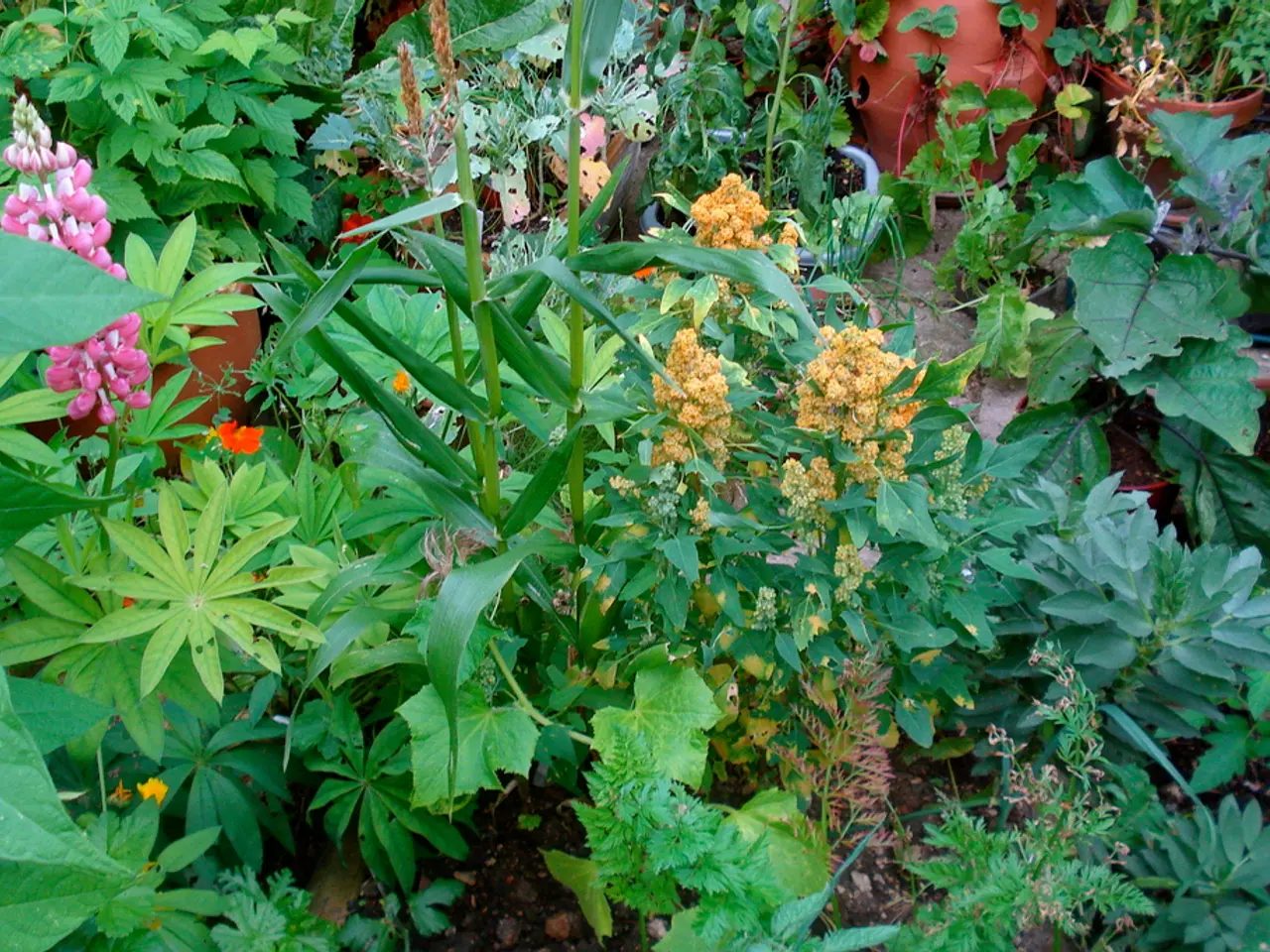Optimal Microirrigation Selection and Installation Methods Explained
Micro-irrigation, a precise and efficient watering system, has gained popularity among professionals and homeowners alike. This modern irrigation method is a game-changer for managing irrigation systems in green spaces and residential gardens.
The leading companies manufacturing micro-irrigation systems include Irritec, a pioneer from Italy with international production sites and a presence in over 140 countries. Irritec is renowned for its high-quality products and commitment to sustainability. Gardena, a European market leader, is another key player, known for its technologically advanced, user-friendly irrigation solutions. Lastly, Rivulis Irrigation, formerly John Deere Water and Eurodrip, is a global manufacturer of complete micro and drip irrigation systems.
Micro-irrigation stands out for its water efficiency. By delivering water directly to plant roots through small, low-flow emitters like drip irrigation or micro-sprinklers, it reduces evaporation and surface runoff, making it a more sustainable choice. This targeted approach also minimizes the risk of fungal diseases by keeping leaves dry.
Installing a micro-irrigation system requires careful planning and execution. The process includes system design, component selection, installation of the network, testing and adjustments, and maintenance. System design involves evaluating the area to be irrigated, the water needs of the plants, and the available pressure. Component Selection includes choosing drip irrigation emitters, micro-sprinklers, stakes, and pressure reducers appropriately. Installation of the Network involves laying the main and secondary pipes, fixing the emitters with stakes, and connecting the pressure reducers to ensure a constant flow.
Testing and Adjustments involve checking the uniformity of irrigation and adjusting the system according to the needs. Maintenance includes regularly checking the emitters and cleaning the filters to prevent clogging.
Micro-irrigation is a solution for areas with specific irrigation needs, such as flower beds, hedges, vegetable gardens, balconies, or green spaces with different types of plants. It is also suitable for contexts where precise irrigation is required, making it an ideal choice for professionals such as gardeners, plumbers, and green space maintenance workers.
Moreover, micro-irrigation systems can be integrated with controllers and smart devices for simplified and efficient management. This integration allows for control over the quantity and frequency of water delivery, reducing waste and limiting dispersion.
In conclusion, micro-irrigation is a technical choice for irrigation professionals, contributing to responsible water use and offering a precision that is difficult to achieve with other systems. If you want to learn more about professional microirrigation solutions, don't hesitate to contact the experts.
Read also:
- Long-Term Prescription Drug Impact on Brain Function
- Benefits, sources, and supplements for Vitamin D and its role in addressing osteoporosis
- Diabetes Management during Pregnancy: Keeping Tabs on Blood Sugar Levels and Lifestyle Adjustments
- Life Expectancy with Interstitial Cystitis: Exploration of Research, Treatment Methods, and Additional Information




